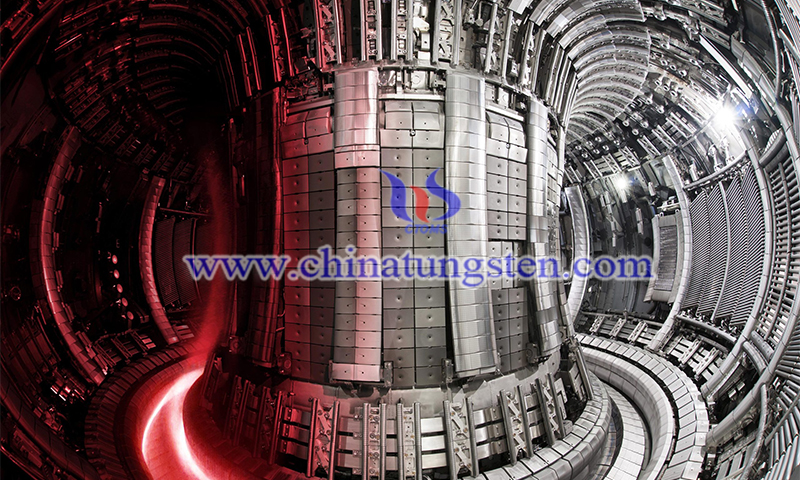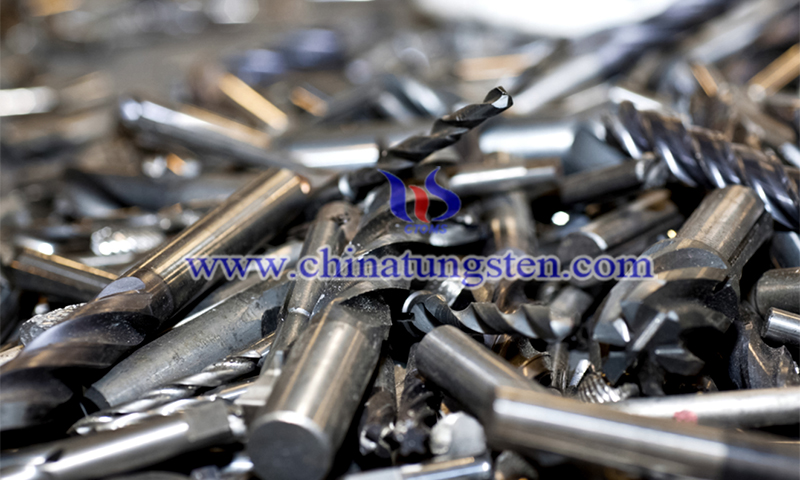Processing of Tungsten and Its Alloys
- Details
- Category: Tungsten Information
- Published on Thursday, 17 March 2022 21:04
A team of researchers from the University of Bath recently published recent research advances on the processing and handling of tungsten (W) and its alloys. It belongs to group 6 of the periodic table, along with molybdenum, chromium, and boron. It is a refractory metal (the highest of all known pure metals) with extraordinary heat and wear resistance. It is known for its high density, high modulus of elasticity, high thermal conductivity, and excellent mechanical properties at high temperatures, in addition to its very high melting temperature. It is an ideal material for high-temperature structures in fusion energy and other applications.

Electricity demand is growing at an unprecedented rate, and electricity is also expected to increase from 19% of total final energy consumption in 2018 to 24% in 2040. Under the impact of climate change, some countries have set net-zero emission targets for the middle of this century to meet the goals of the 2015 Paris climate agreement.
However, according to a recent emissions gap report by the United Nations Environment Programme (UNEP), these ambitious targets are not without obstacles. Even if these goals are met, global temperature increases from pre-industrial levels will still exceed 3°C this century, which would far exceed the 2°C set in the Paris agreement. This urgently requires technological innovation and sustained policy interventions on a global scale to reverse this trend.
Nuclear fission has been widely used as a source of electricity since the 1950s. Nuclear fusion, on the other hand, has inherent advantages that help encourage its use in modern energy infrastructure. Among other benefits, nuclear fusion does not cause harmful emissions and its reactions can be better controlled. The careful design of reactors leaves room for the provision of efficient, inexpensive, and safe energy sources. To achieve reliable, large-scale nuclear fusion, technological and scientific advances are needed in the manufacture of radiation-resistant materials that can withstand the extreme conditions inside the reactor.
The rich history of W, from the discovery of its ores and compounds to the important technological discoveries that followed, stimulated early widespread use. The discovery of the mineral W dates back to the tin mines of medieval Saxo-Bohemia and Cornwall, well before the isolation of the element itself. Although the isolation of W was first proposed by Torbern Bergmann in 1781, Juan José de Elhuyar and his brother Fausto prepared the metal in 1783 by reducing tungstic acid with charcoal powder. The metal was also named wolfram, which is still its official name in German and Swedish today.
The earliest application of W was as an alloying element to produce special steels. It soon gained prominence as a filament for incandescent lamps, replacing carbon filaments. Since then, the material has been widely adopted in a variety of fields, including aerospace, automotive, electronics, medicine, military, chemistry, and sports. Applications include heating filaments, electron emitters, heat sinks, heating elements, and radiation shielding in high-temperature furnaces, kinetic penetrators, balancing weights in racing and aerospace, rotors in the watch industry, heavy-duty electrical contact materials and welding, plasma and x-ray electrodes.

While the properties of W are beneficial for its applications, properties such as W ductility and high melting points also lead to several challenges in the large-scale processing and fabrication of components made from W and its alloys, limiting the production of these complex geometries.
The study titled “Advanced Processing and Machining of Tungsten and Its Alloys” has been published in the journal Manufacturing and Materials Processing (2022, 6, 15), was carried out by Samuel Omole, Alexander Lunt, Simon Kirk, and Alborz Shokrani at University of Bath.
In this article, the researchers highlight processing methods, such as powder metallurgy and additive manufacturing, that can produce near-net-like parts. However, this needs to be supplemented by post-processing techniques to complement these methods. They explore and discuss in-depth the different processing and fabrication methods for W and identify the challenges and gaps associated with each method. It includes both conventional and unconventional machining processes, as well as studies on improving the ductility of tungsten using various methods such as alloying, thermomechanical treatment, and grain structure refinement.
- Tungsten Manufacturer & Supplier, Chinatungsten Online: www.chinatungsten.com
- Tungsten News & Prices of China Tungsten Industry Association: www.ctia.com.cn
- Molybdenum News & Price: news.molybdenum.com.cn
- Tel.: 86 592 5129696; Fax: 86 592 5129797; Email: sales@chinatungsten.com



 sales@chinatungsten.com
sales@chinatungsten.com